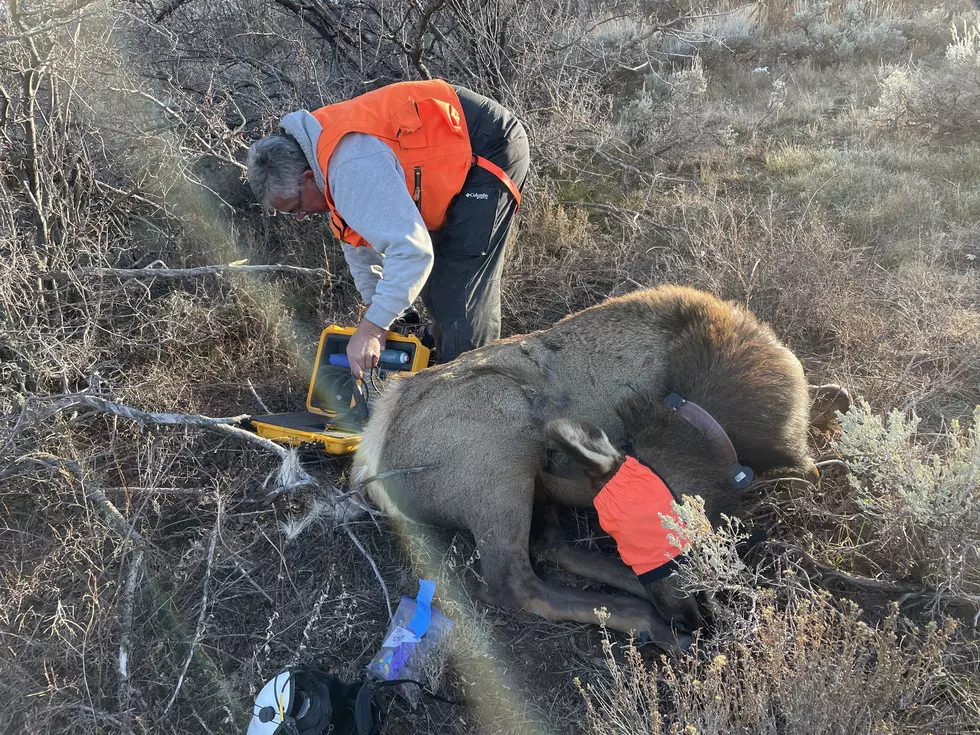
Birds Of A Feather Should Be Left Alone
I've become very tenderhearted towards animals, something I never thought I would happen when I was younger. So, when I see an animal in distress, my first inclination is to help out, but that might not always be the best course of action, and in some cases could even be against the law. Say it’s a beautiful spring day so you decide to go for a nice walk around your neighborhood. You are strolling along the sidewalk when suddenly you hear loud chirping near your feet. You look over and see a baby bird lying on the ground near a tree trunk. What should you do?
It is not unusual to find a baby bird on the ground during this time of year. Many birds are hatching and often leave their nests before they are able to fly. Some may also be blown out of nests during spring thunderstorms.The most common baby birds that people find are robins (which nest in trees) and swallows (which build their mud nests in eaves and on the sides of houses). If you find a baby bird on the ground, there are a few things you should do. If the bird is very small and still featherless, you should place it back in its nest. If you can’t find the nest, put the bird on a branch safely out of reach of dogs and cats. Unlike with some other wildlife species, you don’t need to be concerned about leaving your scent on the bird. Most birds do not have a good sense of smell so if you pick up a baby bird, its parents won’t even know you’ve handled it. However, you should never take a baby bird home. Most birds are protected by state and federal laws, and it is against the law in Utah to possess wild animals without special permits.
However, the rules change if the bird has feathers. In that case leave the bird alone. If the baby bird is hopping around, you’ve found a bird that almost isn’t a “baby” anymore. These young birds are called fledglings. They have most of their flight feathers and are very close to taking their first flight. If the bird isn’t in danger, leave it where you found it. This awkward “hopping” stage typically lasts two to five days. It’s part of the natural process a baby bird goes through before taking its first flight. The parents are watching the baby bird and are still feeding it. If you think the fledgling is in immediate danger, then move it carefully to a safer spot nearby. However, if you can’t catch the bird, just leave it alone. And while there is temptation, leave the feeding of these birds to the parents. Birds have a very specific diet and feeding them something that’s not part of their diet can kill them. Also, if you come across bird nests they need to be left alone. While bird species that nest in the eaves of buildings may seem like a nuisance, it’s unlawful to disturb nests that have eggs or baby birds, and you can be cited for doing so.
And if you find a duckling on the ground that looks like it’s been separated from its parents, don’t move it or try to put it in water. Baby ducks should be left alone, unless they are trapped in a storm drain or somewhere else dangerous, like in a swimming pool. If you do discover a duckling in a storm drain, contact the the Utah Division Of Wildlife Resources, or local animal control personnel. To get more tips on how to handle a baby bird encounter go to the Wild Aware Utah website.



